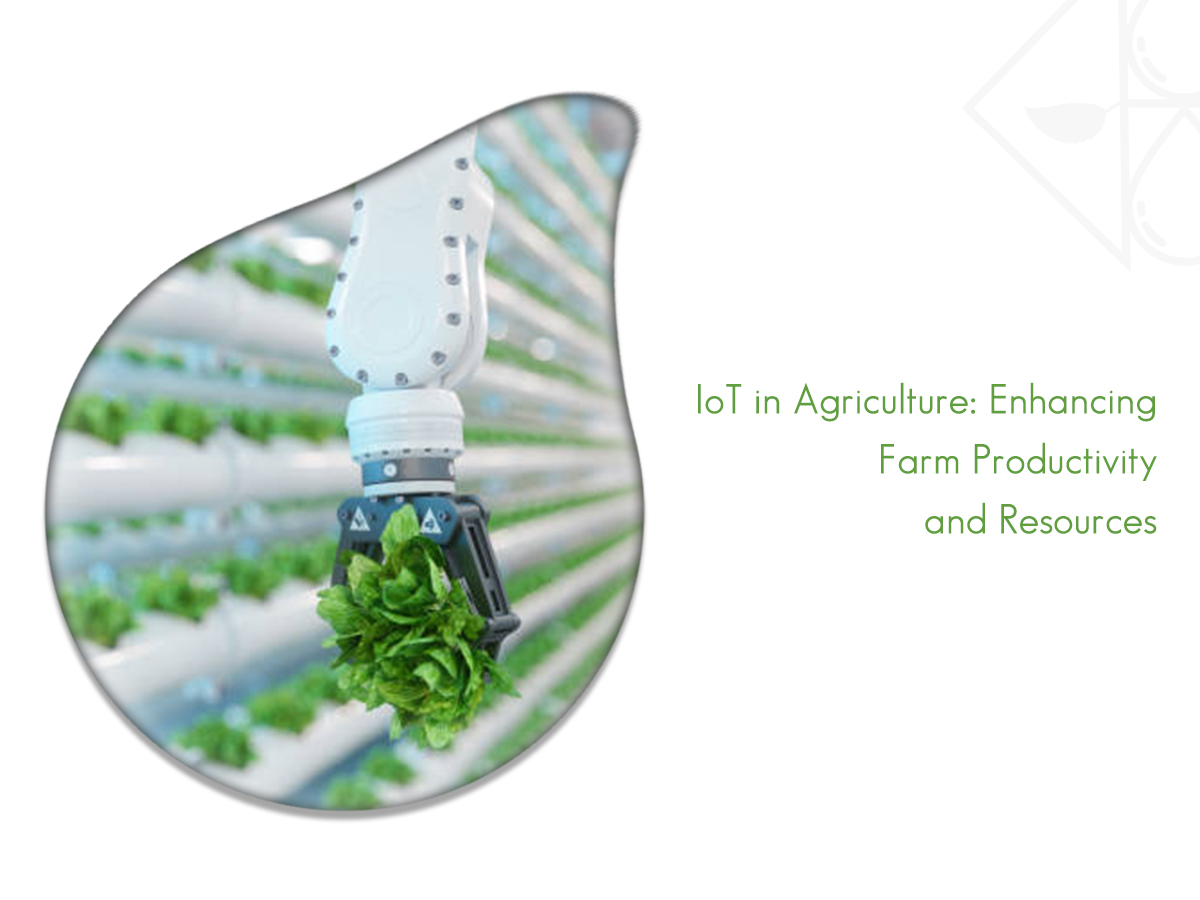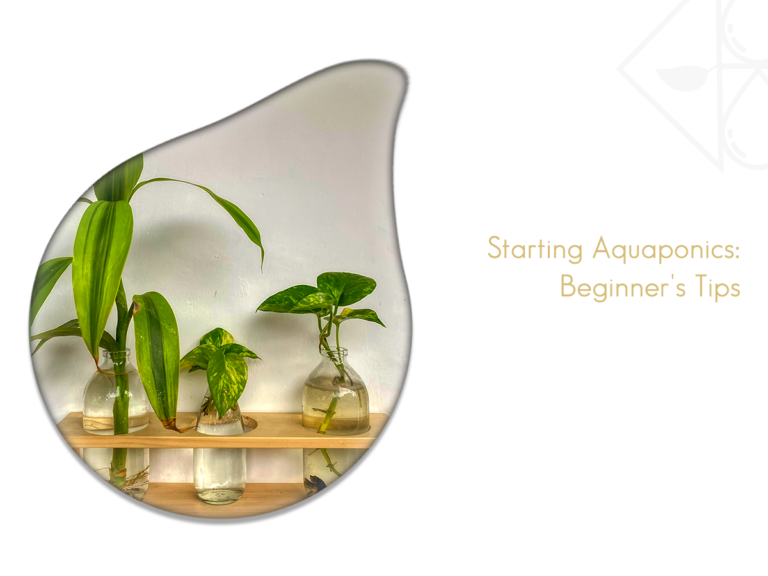Agriculture is one of the most significant industries in the world, and it is continuously evolving. With the introduction of the Internet of Things (IoT), agriculture has been revolutionized, and hydroponic farming has become more sustainable and efficient. In this article, we will explore how IoT is transforming hydroponic systems and indoor gardening, the benefits of this technology, and its implications for the future of agriculture.
Introduction to Hydroponic Farming
Hydroponic farming is a form of soiless farming that involves growing plants in a nutrient-rich water solution. This method of farming has gained popularity in recent years due to its many benefits, including higher crop yield, water conservation, and space efficiency. Hydroponic systems can be set up indoors or outdoors, and they are ideal for growing fresh produce in urban areas where space and resources are limited.
The Role of IoT in Hydroponic Farming
IoT technology has transformed hydroponic farming by providing farmers with real-time data on crop health and growth. Sensors and monitoring systems are used to track temperature, humidity, nutrient levels, and other vital parameters in the hydroponic system. This data is then analyzed to provide insights into the optimal growing conditions for plants, ensuring maximum crop yield and quality.
IoT technology also enables farmers to remotely monitor and control their hydroponic systems. This means that they can adjust the nutrient solution, lighting, and other parameters from anywhere, using their smartphones or computers. With IoT, farmers can automate many of the tasks involved in hydroponic farming, reducing labor costs and increasing efficiency.
Benefits of IoT in Hydroponic Farming
One of the most significant benefits of IoT in hydroponic farming is increased efficiency. With real-time data and automated systems, farmers can optimize their hydroponic systems to produce more crops with less water and other resources. This means that hydroponic farming is more sustainable and environmentally friendly than traditional farming methods.
Another benefit of IoT in hydroponic farming is the ability to grow crops in indoor environments. This means that farmers can grow fresh produce all year round, regardless of the weather or season. Indoor hydroponic systems also allow farmers to control the growing environment more precisely, ensuring optimal conditions for plant growth.
Implications for the Future of Agriculture
The use of IoT in hydroponic farming has significant implications for the future of agriculture. With the world population projected to reach 9.7 billion by 2050, there will be an increased demand for food. Hydroponic farming, with the help of IoT technology, can help to meet this demand by producing more crops with less resources.
IoT technology can also help to address some of the challenges facing traditional agriculture, such as water scarcity, climate change, and soil degradation. Hydroponic systems use less water than traditional farming methods, making them ideal for areas with limited water resources. They also produce less waste and pollution than traditional farming methods, making them more environmentally friendly.
Case Studies of IoT in Hydroponic Farming
There are several examples of IoT technology being used in hydroponic farming around the world. In Singapore, Sky Greens has developed a vertical hydroponic system that uses IoT technology to optimize plant growth. The system uses a rotating tower design to expose the plants to sunlight and ensure even growth. Sensors and monitoring systems are used to track temperature, humidity, and other vital parameters, ensuring optimal growing conditions for plants.
Another example of IoT technology in hydroponic farming is the Philips City Farming project in the Netherlands. This project uses IoT technology to monitor and control the growing environment for crops, including temperature, humidity, and light levels. The system also uses LED lighting to provide optimal growing conditions for plants, reducing energy consumption and costs.
Conclusion
In conclusion, the use of IoT technology in hydroponic farming has transformed the agriculture industry, making it more sustainable, efficient, and environmentally friendly. Hydroponic farming, with the help of IoT technology, can help to meet the growing demand for food while addressing some of the challenges facing traditional agriculture. As IoT technology continues to evolve, we can expect to see even more innovations in hydroponic farming and indoor gardening




